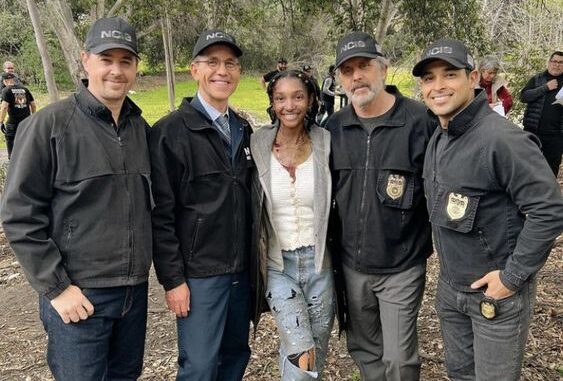
The NCIS: Hawai’i finale may not have been written as a series finale, but it’s an excellent sendoff for the CBS show and, in particular, Vanessa Lachey’s fan-favorite Jane Tennant character. “Divided We Conquer” picks up effortlessly from exactly where NCIS: Hawai’i Season 3, Episode 9, “Spill the Tea” left off, and then proceeds to keep audiences on the edge of their seats despite less action than the first part. There’s only one big problem with it, and any fan still annoyed at the show’s cancellation knows what it is.
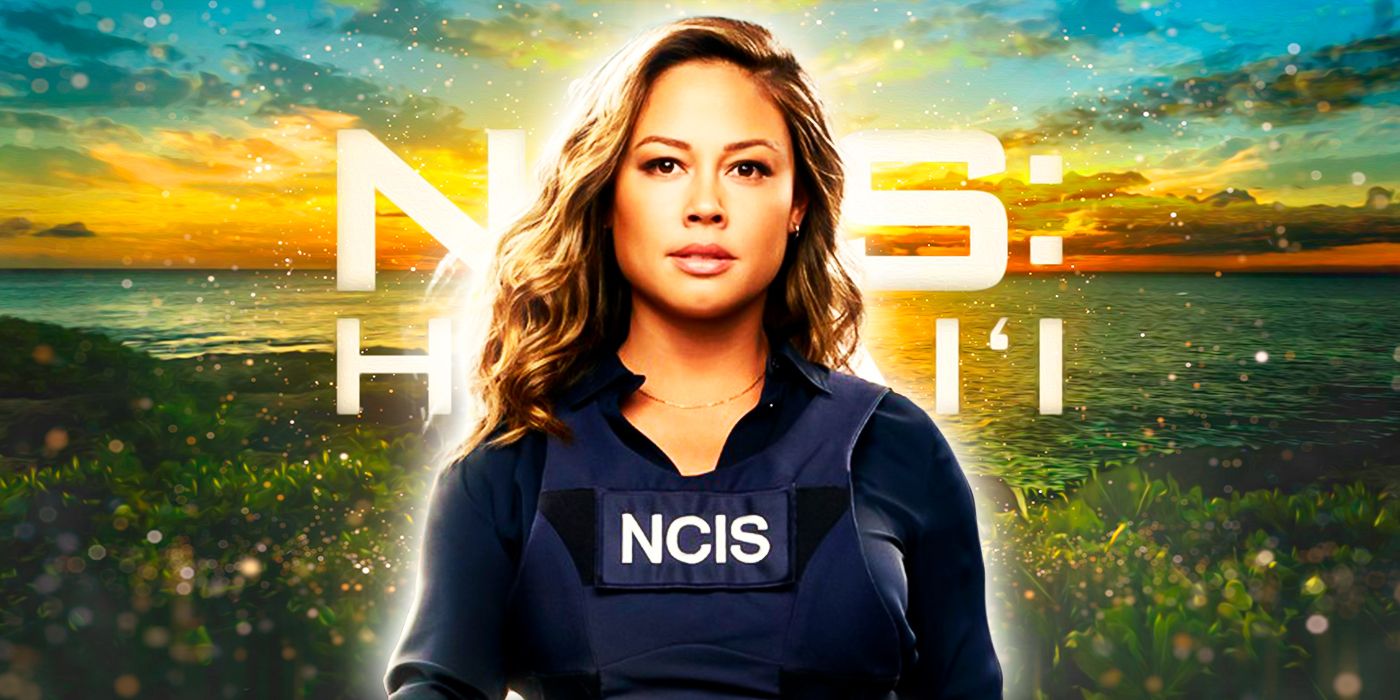
“Divided We Conquer” continues the NCIS: Hawai’i team’s search for the deadly Compound X, but scales the dilemma down by making it personal for one member of the team. At the same time, the episode written by Yalun Tu and Megan Bacharach keeps the stakes large enough that they have to incorporate the entire squad. The series finale strikes the perfect balance between going out with a big bang and being true to the show that viewers love.
NCIS: Hawai’i Makes a Global Problem More Intimate
Season 3, Episode 11, “Spill the Tea” was all about proving to audiences how deadly a threat the bioweapon called Compound X was, and establishing that there were consequences not only for Hawai’i, but for the entire United States and possibly the world. The major problem a storyline of that magnitude creates is that writers have to deliver a payoff that lives up to that hype. Many TV shows keep making the plot bigger, thinking size and/or shock value will solve the problem, but then they create a massive story that they can’t provide a proper ending for. The flip side of that is other series are so focused on making the first part so dramatic that the second part feels like an afterthought, and winds up becoming a letdown. “Divided We Conquer” avoids both these issues by pivoting to make the Compound X problem very specific to not only NCIS, but this individual NCIS team.
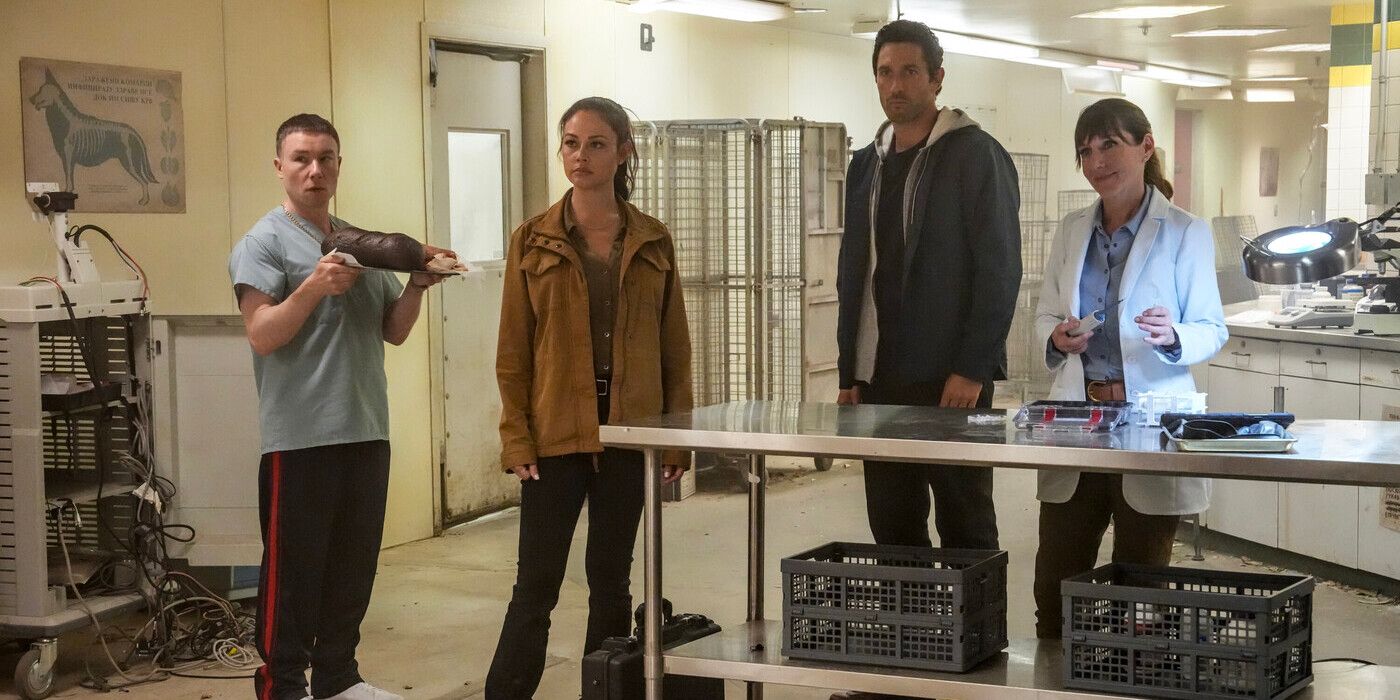
Sam Hanna — who’s now been a part of two finales in two years, between this and the NCIS: Los Angeles series finale from May 2023 — turns out to have been exposed to Compound X through a small crack in his protective faceplate. This could seem like a way to make the whole show about one person, but it’s very in-character to see Sam trying to save the NCIS ELITE team members even when he knows it’s a bad idea. It makes absolute sense that he’d wind up exposed because of his actions, and that also doesn’t leave one of the original NCIS: Hawai’i heroes sidelined for most of the episode. Using Sam to give the finale personal stakes is a spot-on choice, both for him and for the ensemble. It then grounds everything that happens in the rest of the hour.
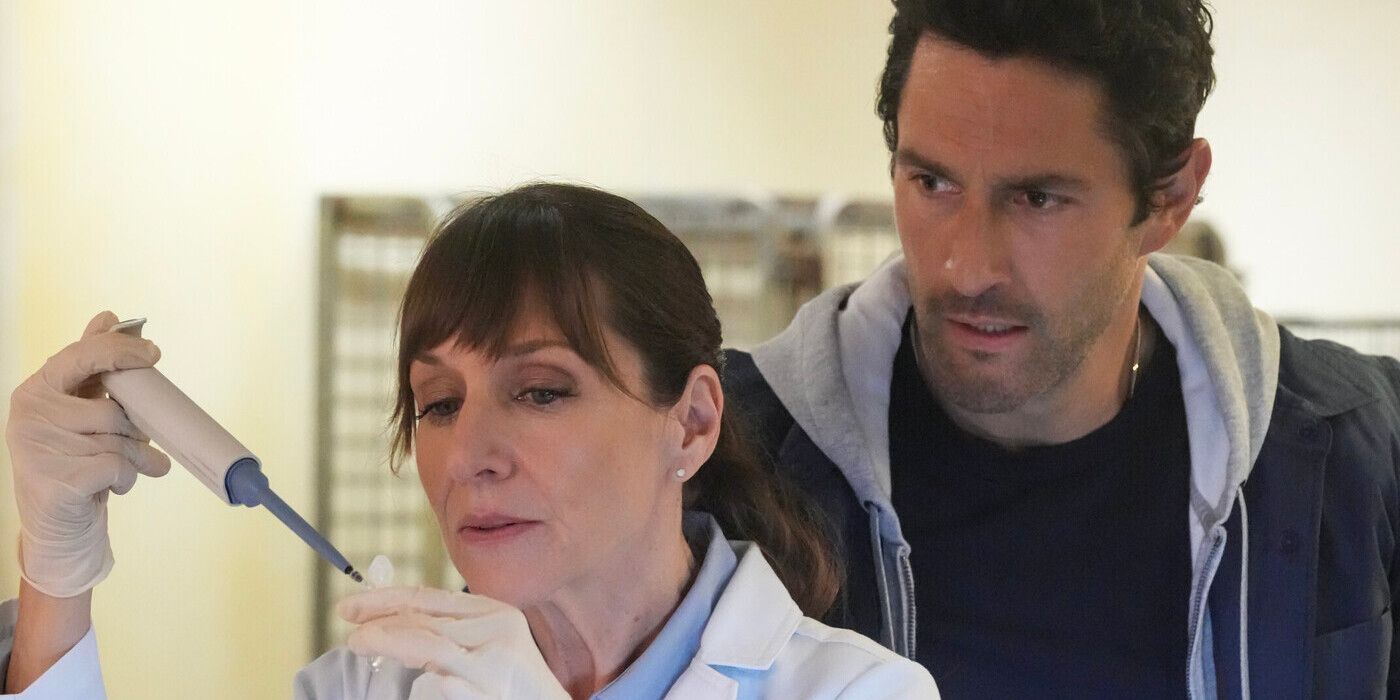
Almost every character has something important to do within “Divided We Conquer.” Some contribute more than others — fans of Kate Whistler and Whistler’s relationship with Lucy Tara will likely be disappointed that Whistler has a minor role, and there’s no big Kacy moment in the final episode. But Whistler is present, and so is everyone else who should be, with Lucy, Jesse Boone and Kai Holman all getting exciting scenes. The NCIS franchise — like other procedural franchises — leans heavily into the idea of found family, and “Divided We Conquer” feels like a team effort throughout. It lives up to that idea of ohana in ways that most other shows don’t, and so even though it’s not intended as a full-on finale, the fact that everyone is in attendance and everybody gets their due acts as a form of closure.
How the NCIS: Hawai’i Series Finale Showcases Jane Tennant
“Divided We Conquer” is another strong episode for Vanessa Lachey, which isn’t a huge surprise because when the conflict becomes personal for the team, of course it’s team leader Jane Tennant who’s going to be at the forefront. If she wasn’t spearheading the effort, she wouldn’t be much of a boss. But it’s Tennant who gets to confront the episode’s main villain, Dr. Analisa Cruz, who is revealed to be Tala Flores — a radical with an axe to grind against the United States. This includes a hotel room fight scene that ends with Tennant shooting Tala in the shoulder, and what might be the end in another episode is just the beginning of Jane Tennant going full Jack Bauer.
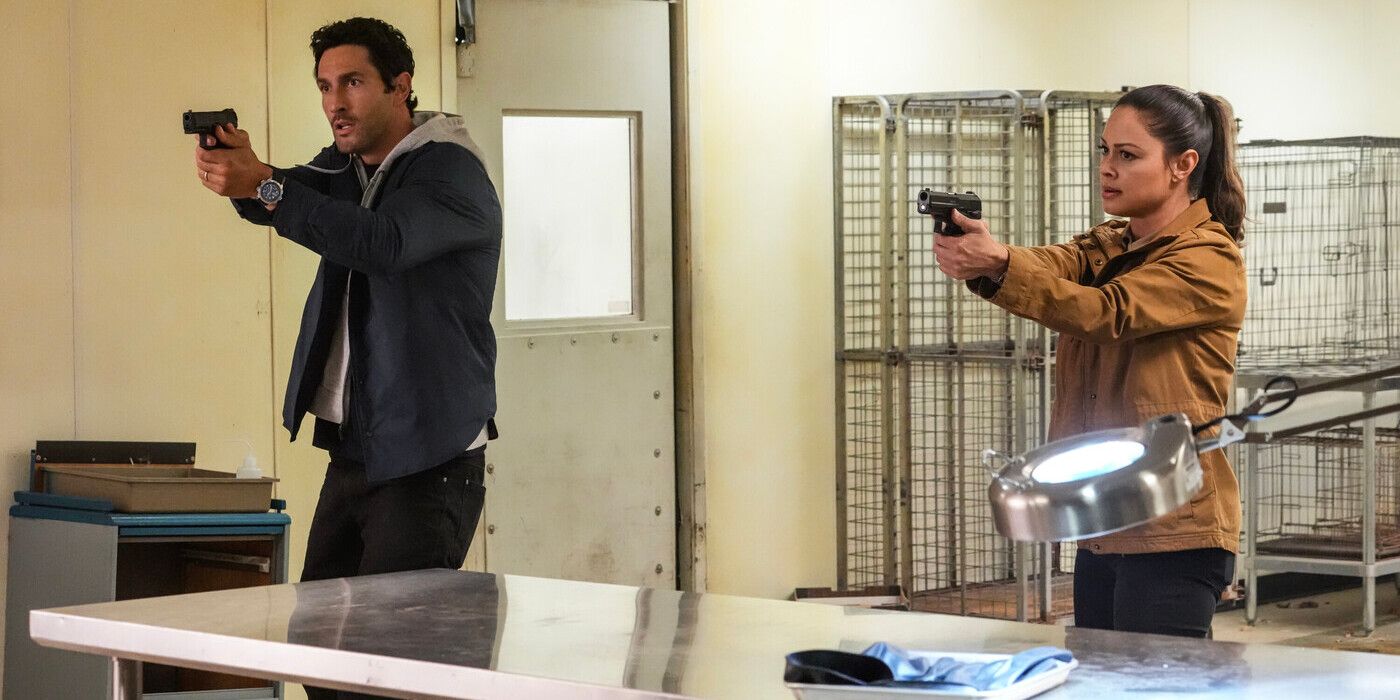
The scenes between Tennant and Tala feel like they could belong in any season of 24, except for that NCIS: Hawai’i stops short of Tennant literally pulling teeth. But Tennant makes very clear that she’s willing to do anything in order to get Tala to break — and Lachey’s performance makes those words count. TV crime drama fans have heard spiels like hers before, yet Lachey sells them not only in her delivery but with her body language so that Jane truly does feel like she’s dehumanized Tala. One of the best aspects of three seasons of NCIS: Hawai’i is seeing how much Lachey has been able to do in the role of Jane Tennant, and how she’s built up the character. This episode feels like a turning point in that character arc. The stakes make it plausible that Tennant will cross a moral line because she can’t do anything less.
NCIS: Hawai’i isn’t the first TV show to pull out the “fake torture sequence” trick, but that characterization is why Tennant’s decision to have Lucy pretend to be Tala’s sister Maria works. Audiences understand that Tennant has taken the gloves off, so they’re not entirely sure that she isn’t having an innocent woman tormented. When it’s revealed that the whole thing is AI-generated, there’s a sigh of relief that it’s not real. But Lachey takes her character to another level emotionally in this episode, ensuring that Jane Tennant goes out on top. Unfortunately, that also makes the finale’s sole problem exceptionally glaring.
Did NCIS: Hawai’i End on a Cliffhanger?
The one issue with the NCIS: Hawai’i series finale is that it ends on a cliffhanger that audiences know will never be resolved. Season 3, Episode 10 ends with an unexpected home visit by Tennant’s frenemy and mentor Maggie Shaw (played by Tony Award winner Julie White, who is wonderful to have back, even if for just one brief scene). Maggie specifically refers to the future, which is further proof that no one was expecting NCIS: Hawai’i to get canceled. The creative team either didn’t expect it, or knew the show was on the bubble and included this part in hopes of convincing CBS to renew the series for Season 4. But making that choice and losing means that the fans are ultimately let down at the very end.
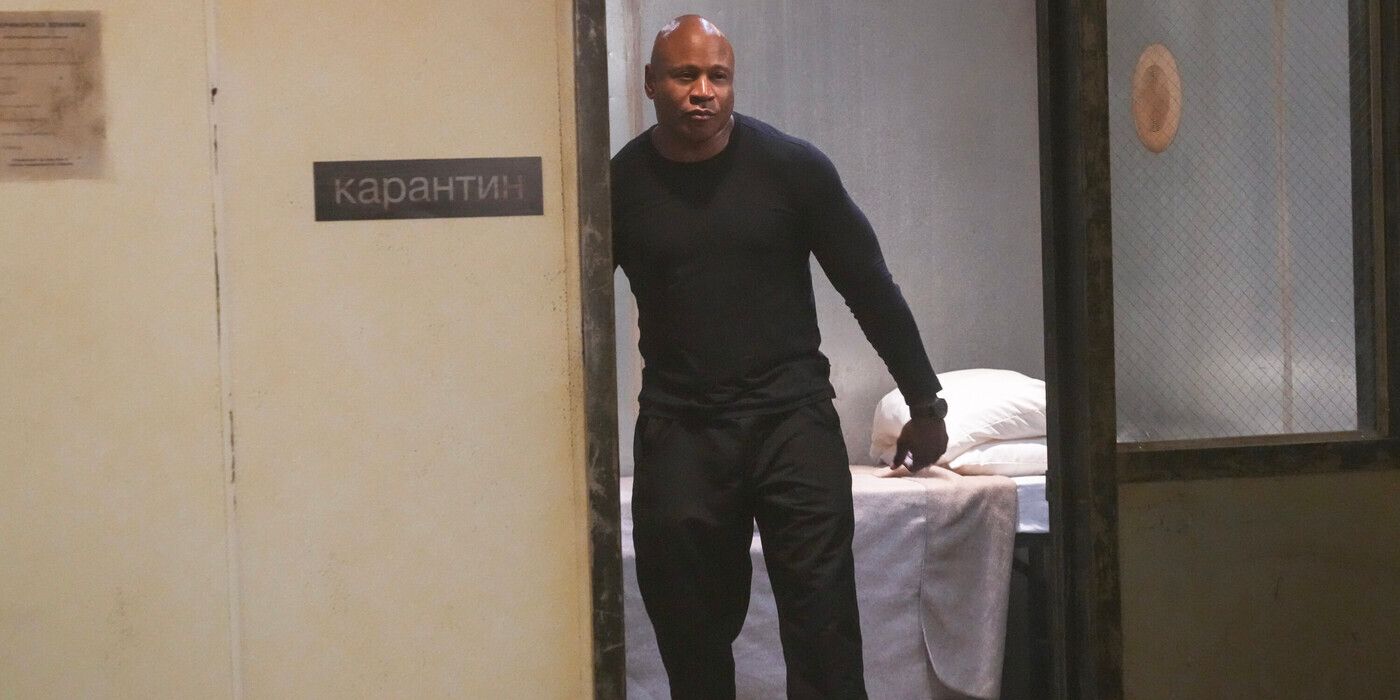
This is not a problem specific to this show; this is a problem that’s been plaguing all of TV for years. Open-ended season finales, without a known renewal, run the risk of leaving an entire TV series unfinished. In that sense, it’s okay to be disappointed by “Divided We Conquer” leaving what sounds like it would have been a giant plot point on the table. The same can be said for how Sam’s character arc is handled, which points to him staying around if there had been NCIS: Hawai’i Season 4. He’s the one that shoots Cruz, therefore saving part of his new NCIS team, and his last scene is at a welcome-back party after he gets out of the hospital. While LL Cool J was clearly brought onto the show in an attempt to grow its audience, his character has organically transitioned from high-profile visitor to part of the family.
And that scene, in which the whole team is together toasting to their victory, feels like a button to the entire series in its own way. It’s the happy ending that fans want for these characters. The NCIS: Hawai’i series finale delivers everything it needs to for this specific plot and for the entire show. Its only mistake is one generated by the fact that CBS canceled it too soon.
